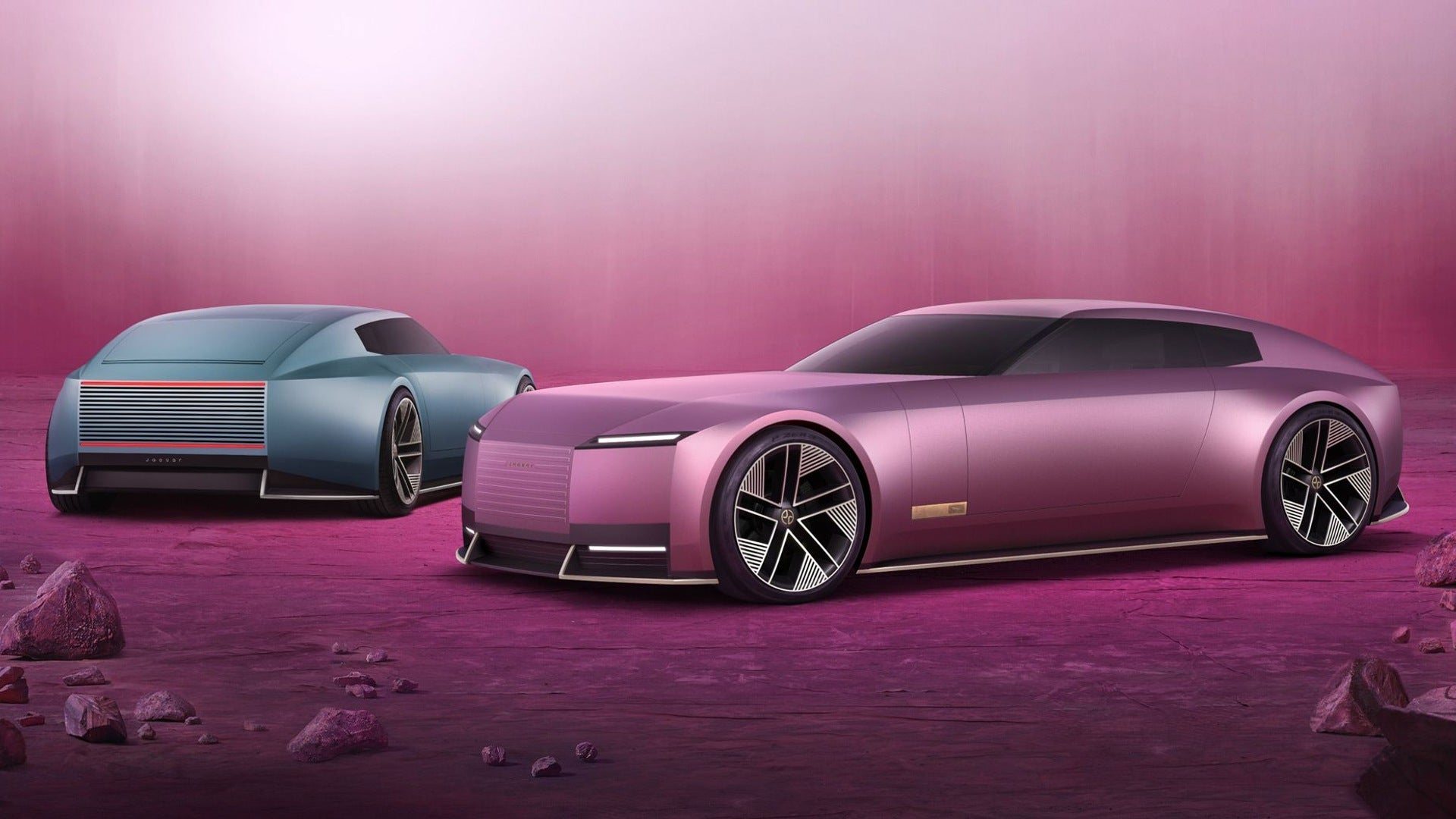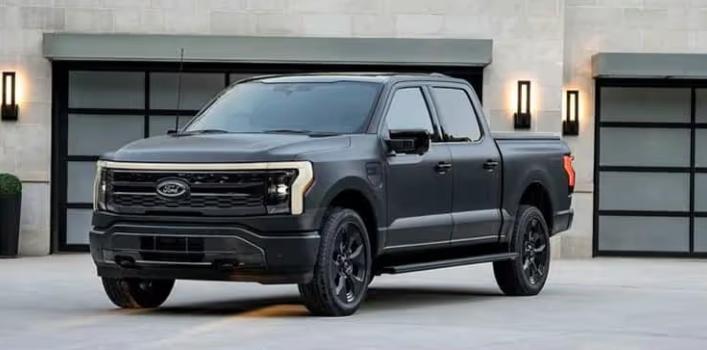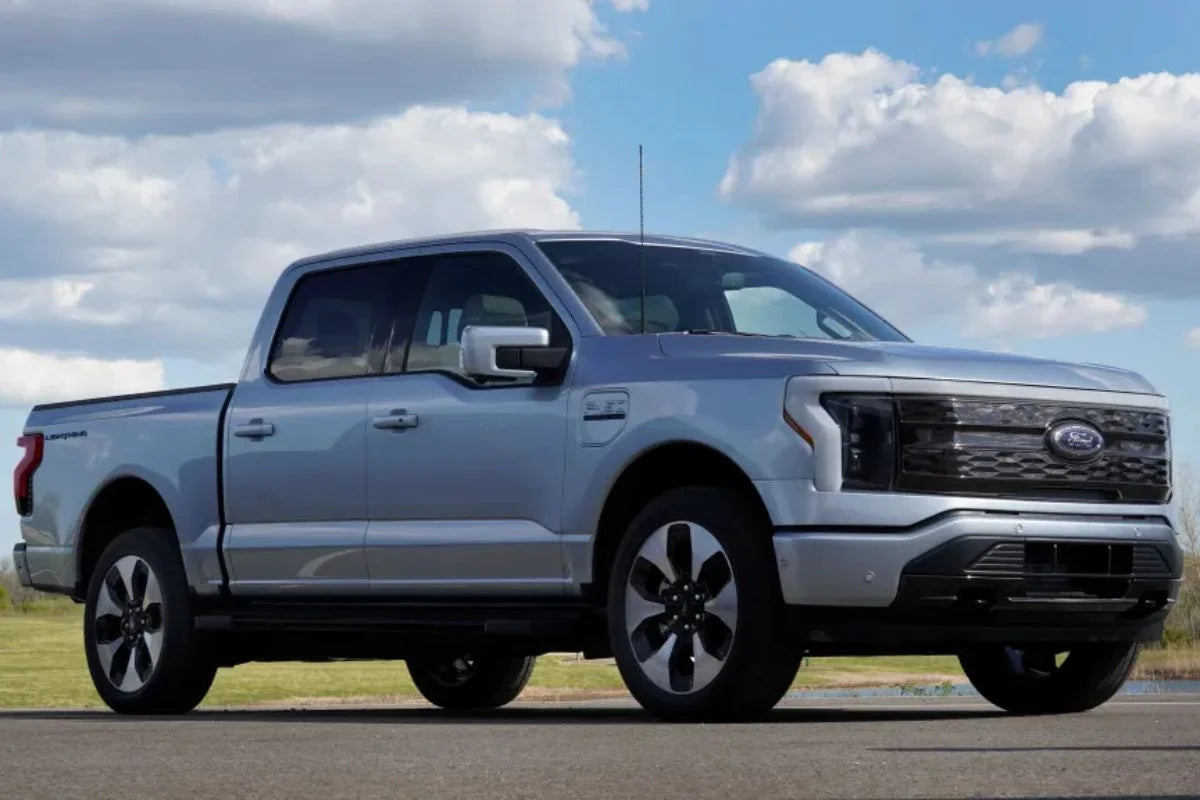Face à la popularité croissante des véhicules électriques (VE), il est crucial, pour les nouveaux propriétaires comme pour les anciens, de comprendre les types de prises utilisées pour la recharge à domicile. Parmi les différentes options, les prises NEMA 5-15 , 6-20 et 14-50 sont courantes en Amérique du Nord. Chacune a une fonction unique et présente des avantages et des inconvénients spécifiques. Cet article détaille les principales différences et vous guide pour choisir le type de prise le mieux adapté à votre installation de recharge de VE.
Comprendre les bases : comparaison des types de prises
| Type de prise | Tension | Intensité de courant | Puissance de sortie | Utilisation courante |
|---|---|---|---|---|
| NEMA 5-15 | 120 V | 15A | ~1,8 kW | Prise murale standard, charge lente |
| NEMA 6-20 | 240 V | 20A | ~3,8 kW | Circuits dédiés aux véhicules électriques, charge à vitesse moyenne |
| NEMA 14-50 | 240 V | 50A | ~12 kW | Prises de courant pour camping-cars, recharge rapide à domicile |
NEMA 5-15 : l'option de base
La prise NEMA 5-15 est la plus répandue dans les foyers américains. Présente dans presque toutes les pièces de la maison, cette prise standard de 120 V et 15 A est l'option la plus lente pour la recharge des véhicules électriques. Elle offre généralement une autonomie de 5 à 8 km par heure , ce qui la rend particulièrement adaptée aux véhicules hybrides rechargeables (PHEV) ou aux véhicules électriques à faible kilométrage quotidien.
Avantages :
-
Disponible universellement
-
Aucune installation professionnelle requise
-
Idéal pour les urgences ou une utilisation occasionnelle
Inconvénients :
-
Vitesse de charge extrêmement lente
-
Pas pratique pour les besoins de conduite quotidiens en véhicules entièrement électriques
Idéal pour : les habitants d'appartements ou pour une utilisation légère de véhicules électriques (par exemple, recharge pendant la nuit pour un court trajet ).
Autre point à retenir : la plupart des véhicules électriques équipés de câbles de recharge portables utilisent par défaut la norme NEMA 5-15. C'est donc un bon point de départ, surtout lorsqu'aucune mise à niveau immédiate n'est envisageable. Cependant, les propriétaires de véhicules électriques ont souvent tendance à se lasser rapidement de cette option.
NEMA 6-20 : une option pratique de milieu de gamme
La prise NEMA 6-20 est une prise de 240 V délivrant 20 A, soit une puissance nettement supérieure d' environ 3,8 kW . Elle offre une autonomie de 16 à 24 km par heure de charge, selon l'efficacité de votre véhicule. C'est une nette amélioration par rapport à la 5-15, sans les exigences d'installation plus complexes de la 14-50.
Avantages :
-
Charge plus rapide que les prises 120 V
-
Coûts d'installation inférieurs à 14-50
-
Peut ne pas nécessiter de mise à niveau du panneau
Inconvénients :
-
Plus lent que les connecteurs muraux de niveau 2 sur un 14-50
-
Peut encore être insuffisant pour les conducteurs à kilométrage élevé
Idéal pour : les navetteurs conduisant jusqu'à 40 à 50 miles par jour, ou toute personne à la recherche d'une mise à niveau rentable par rapport à la charge d'entretien.
De nombreux propriétaires de véhicules électriques estiment que la norme NEMA 6-20 offre un compromis idéal entre rapidité et prix abordable. Elle répond également souvent aux exigences du code de la construction des copropriétés et des maisons de ville, où les modifications électriques majeures sont déconseillées.
NEMA 14-50 : la norme de référence pour la recharge à domicile
La prise NEMA 14-50 est une véritable source d'énergie de 240 V et 50 A qui délivre jusqu'à 12 kW de puissance de charge . Cette configuration offre une autonomie d'environ 40 à 48 km/h , selon le chargeur embarqué de votre véhicule électrique. Compatible avec la plupart des bornes de recharge de niveau 2, elle est souvent recommandée pour les véhicules électriques Tesla, Rivian et autres véhicules longue portée.
Avantages :
-
Recharge à domicile rapide et fiable
-
Prend en charge les packs de batteries plus grands
-
Prêt pour l'avenir avec des véhicules électriques de plus grande capacité
Inconvénients :
-
Nécessite une installation professionnelle et éventuellement un permis
-
Coûts d'installation et de matériel plus élevés
Idéal pour : les conducteurs de véhicules électriques quotidiens, les véhicules électriques à grande batterie, les familles possédant plusieurs véhicules électriques ou ceux qui prévoient de posséder un véhicule électrique à l'avenir.
Une installation NEMA 14-50 peut également vous permettre de bénéficier de tarifs d'électricité à tarif horaire (TOU) , en rechargeant votre électricité la nuit, lorsque les prix sont les plus bas. À terme, cela peut générer des économies substantielles.
Facteurs à prendre en compte avant de choisir une prise
-
Trajets quotidiens : Quelle distance parcourez-vous chaque jour ? Un trajet plus long exige une recharge plus rapide.
-
Taille de la batterie d'un véhicule électrique : Les batteries plus grandes sont plus longues à charger. Envisagez une taille de batterie de 14-50 pour des véhicules comme le Ford F-150 Lightning ou le Hyundai IONIQ 5 .
-
Capacité du panneau : Vérifiez si le panneau électrique de votre maison peut accueillir une prise 240 V/50 A.
-
Coût d'installation : Un modèle 14-50 peut coûter entre 500 $ et 1 200 $, main-d'œuvre comprise. Un modèle 6-20 est généralement moins cher.
-
Plans à long terme : Vous prévoyez d’acheter prochainement un deuxième véhicule électrique ? Il est important de préparer l’avenir.
-
Valeur de revente : les maisons équipées d'une prise 14-50 pourraient intéresser davantage les futurs acheteurs qui conduisent des véhicules électriques.
-
Incitations : Certains services publics et gouvernements locaux offrent des rabais pour l’installation d’infrastructures de recharge de niveau 2.
Scénarios réels : recommandations de choix de prises
| Scénario | Prise recommandée |
| Utilisation légère des véhicules électriques (moins de 20 miles/jour) | NEMA 5-15 |
| Trajet modéré (20 à 40 miles/jour) | NEMA 6-20 |
| Longs trajets quotidiens ou grande capacité de batterie | NEMA 14-50 |
| Deuxième véhicule électrique dans le ménage | NEMA 14-50 |
| Mise à niveau économique | NEMA 6-20 |
| Voyages fréquents le week-end | NEMA 14-50 |
Conseils d'installation et de sécurité
-
Engagez un électricien agréé : n'essayez pas de réaliser vous-même une installation de 240 V à moins d'être certifié.
-
Utilisez un disjoncteur GFCI : particulièrement important pour les installations extérieures ou de garage.
-
Des permis peuvent être requis : Vérifiez toujours auprès de votre municipalité locale.
-
Vérifiez la compatibilité : certains véhicules électriques sont livrés avec des adaptateurs, d'autres nécessitent des câbles de charge personnalisés.
-
Assurer une ventilation adéquate : Eviter l'installation dans des espaces clos.
-
Étiquetez clairement le circuit : pour une identification rapide lors de futurs travaux électriques.
Si vous envisagez une installation 14-50, ce serait peut-être aussi le bon moment d'évaluer votre panneau pour d'autres mises à niveau, telles que l'intégration solaire ou un système de secours sur batterie pour toute la maison.
Conclusion : quelle prise vous convient le mieux ?
Choisir la bonne prise pour votre véhicule électrique peut être déterminant pour votre expérience. Si vous conduisez un véhicule hybride rechargeable ou que vous dépassez rarement 32 km par jour, une prise NEMA 5-15 peut suffire. Pour un conducteur de véhicule électrique moyen, une prise NEMA 6-20 offre un équilibre parfait entre coût et commodité. En revanche, si vous utilisez votre véhicule électrique au quotidien, prévoyez de longs trajets ou anticipez vos besoins futurs en matière de véhicule électrique, la prise NEMA 14-50 est la meilleure option.
Recharger efficacement votre véhicule électrique à domicile est une question de planification. En comprenant les différences entre les types de prises et en les adaptant à votre style de vie et aux caractéristiques de votre véhicule, vous pourrez profiter d'une conduite électrique fluide et économique au quotidien.
Auteur : Lay Wen
Lecture recommandée : Pourquoi la prise NEMA 14-30 est un choix judicieux pour la recharge des véhicules électriques à domicile








Partager:
Pourquoi la prise NEMA 14-30 est un choix judicieux pour la recharge des véhicules électriques à domicile
Les défis du recyclage des batteries de véhicules électriques
1 commentaire
You’re vastly underestimating the NEMA 6-20 outlet’s range in that it is in fact capable of providing at least 140 miles of added range in a twelve hour off-peak period as evidenced in Ontario, Canada.
As such, the 6-20 outlet will usually provide far more range than what most people need!